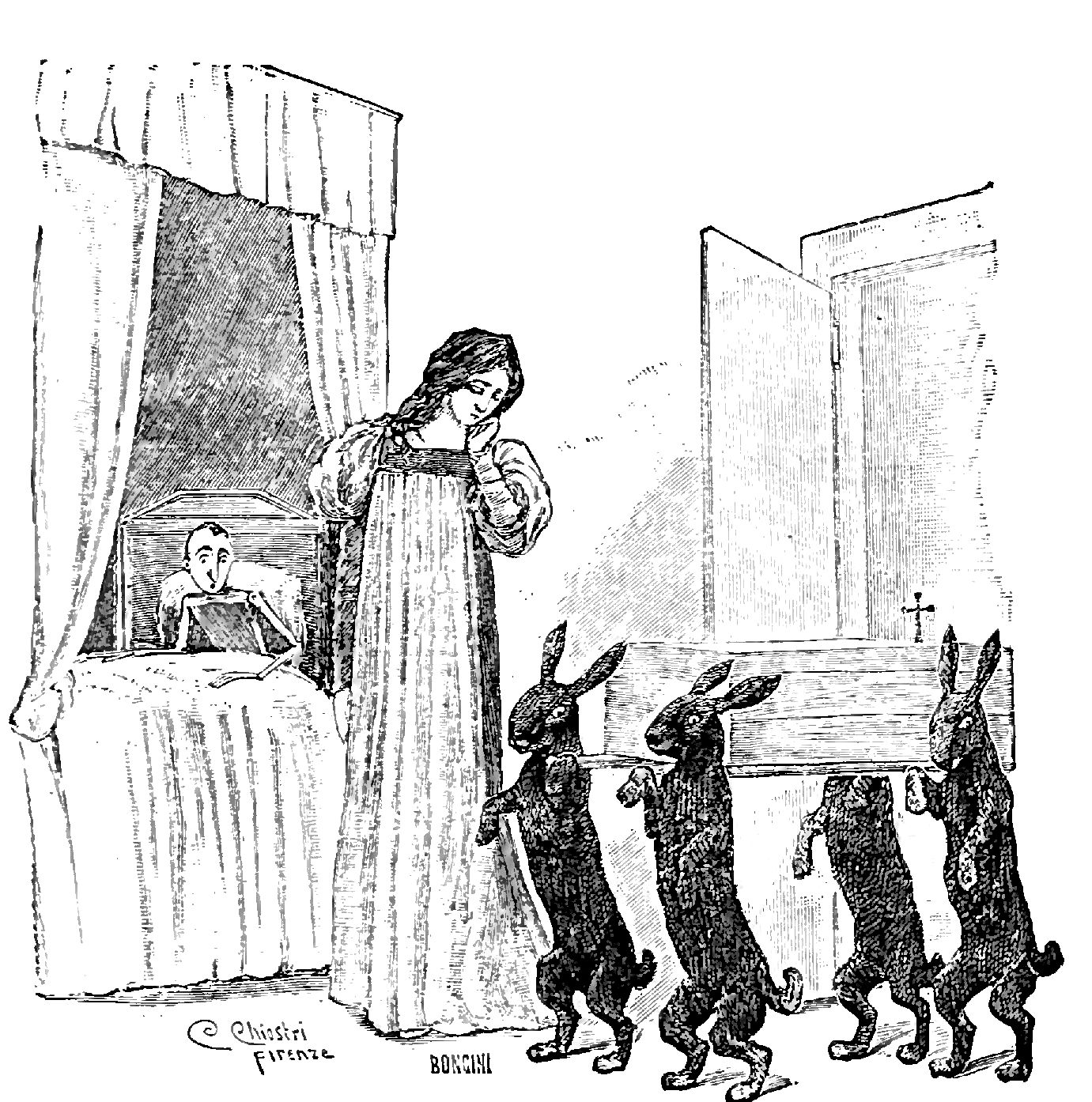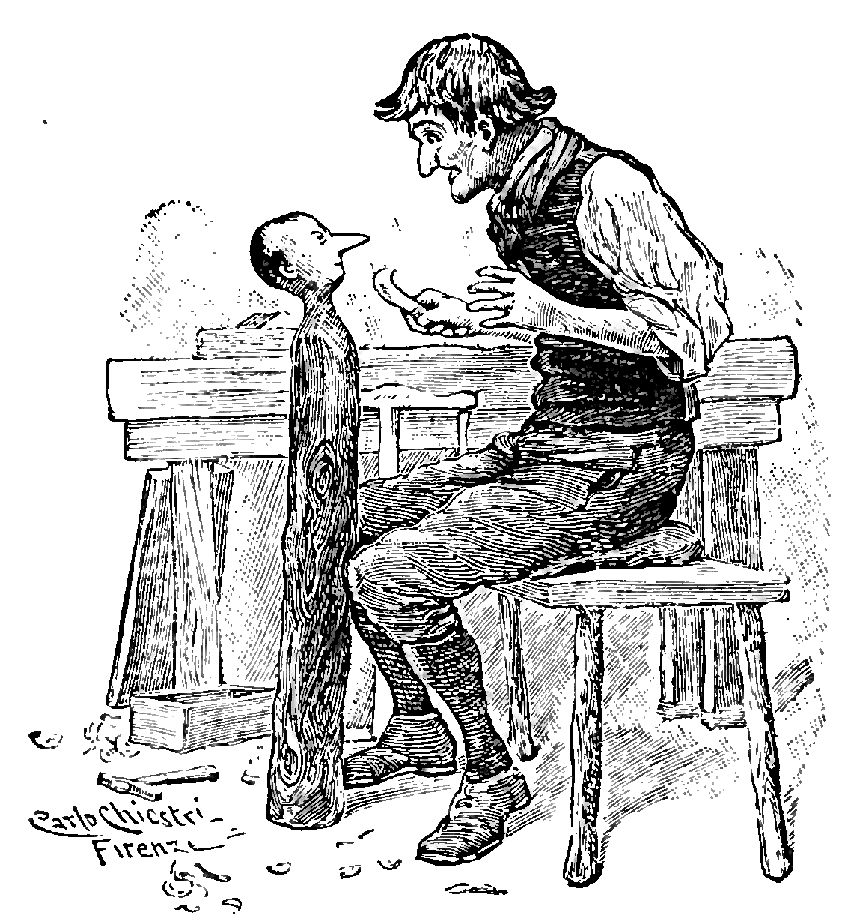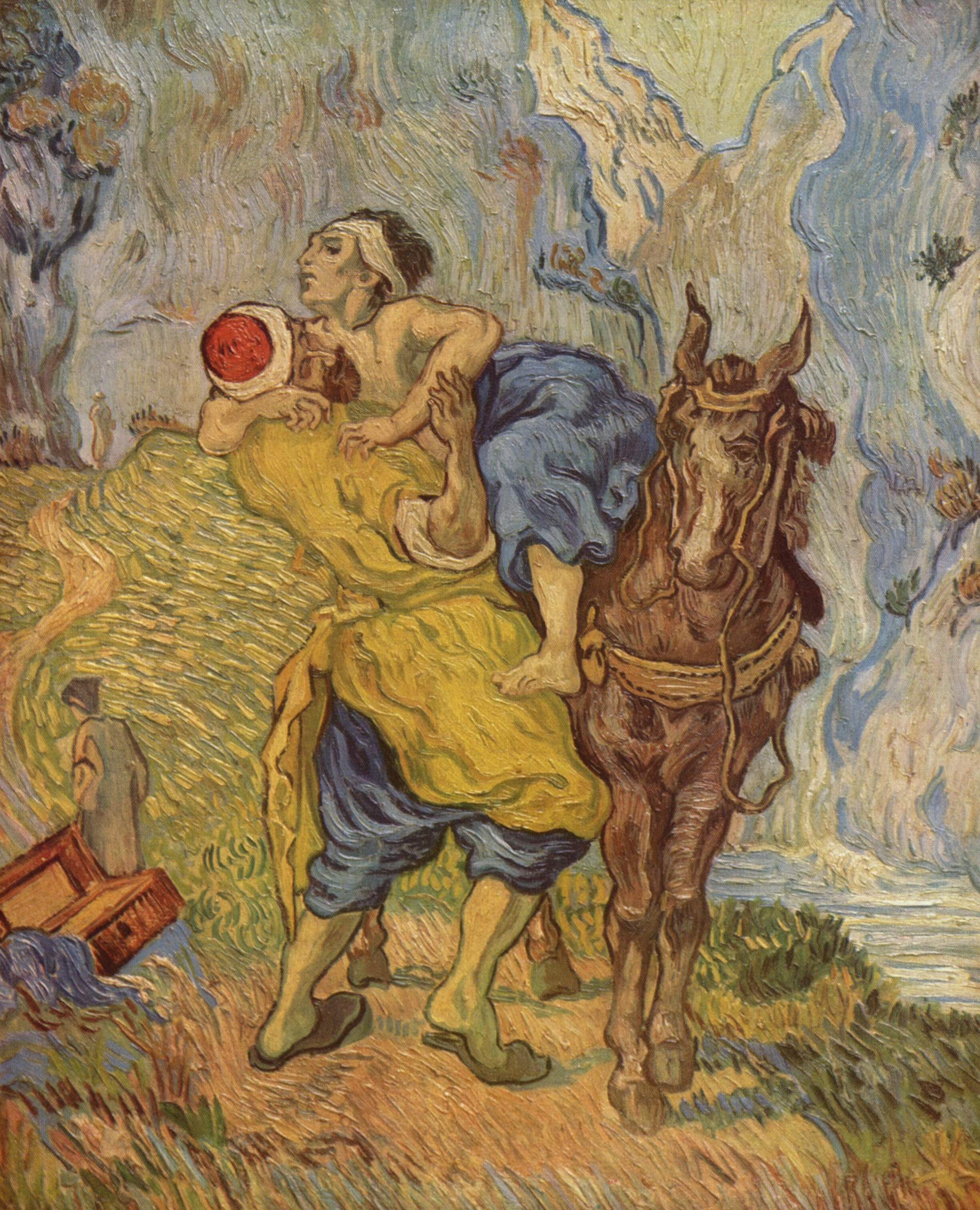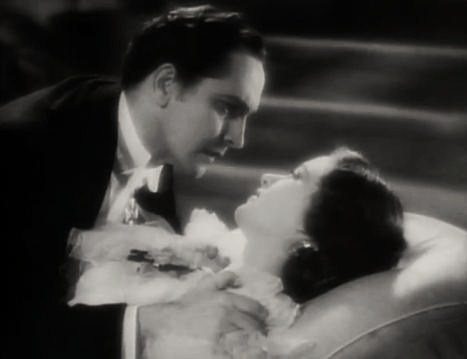|
The Fairy With Turquoise Hair
The Fairy with Turquoise Hair ( it, La Fata dai Capelli Turchini; often simply referred to as The Blue Fairy, ''La Fata Turchina'') is a fictional character in the 1883 Italian book ''The Adventures of Pinocchio'' by Carlo Collodi, repeatedly appearing at critical moments in Pinocchio's wanderings to admonish the little wooden puppet to avoid bad or risky behavior. Although the naïvely willful marionette initially resists her good advice, he later comes to follow her instruction. She in turn protects him, and later enables his assumption of human form, contrary to the prior wooden form. In the novel The Fairy with Turquoise Hair makes her first appearance in chapter XV, where she is portrayed as a young girl living in a house in the middle of a forest. Pinocchio, who is being chased by The Fox and the Cat (''Il Gatto e la Volpe''), pleads with the Fairy to allow him entrance. The Fairy cryptically responds that all inhabitants of the house, including herself, are dead, and th ... [...More Info...] [...Related Items...] OR: [Wikipedia] [Google] [Baidu] |
The Adventures Of Pinocchio
''The Adventures of Pinocchio'' ( ; it, Le avventure di Pinocchio ; commonly shortened to ''Pinocchio'') is a children's fantasy novel by Italian author Carlo Collodi. It is about the mischievous adventures of an animated marionette named Pinocchio and his father, a poor woodcarver named Geppetto. It was originally published in a serial form as ''The Story of a Puppet'' ( it, La storia di un burattino) in the '' Giornale per i bambini'', one of the earliest Italian weekly magazines for children, starting from 7 July 1881. The story stopped after nearly 4 months and 8 episodes at Chapter 15, but by popular demand from readers, the episodes were resumed on 16 February 1882. In February 1883, the story was published in a single book. Since then, the spread of ''Pinocchio'' on the main markets for children's books of the time has been continuous and uninterrupted, and it was met with enthusiastic reviews worldwide. A universal icon and a metaphor of the human condition, the ... [...More Info...] [...Related Items...] OR: [Wikipedia] [Google] [Baidu] |
Land Of Toys
The Land of Toys ( it, Paese dei balocchi) is a fictional location in the Italian novel ''The Adventures of Pinocchio'' (1883) that is disguised as a haven of freedom and anarchy for boys and occasionally girls, but is eventually discovered to be far more sinister. Described as a "land of Cocagne", " Children's Literature Review. ''Encyclopedia.com''. 24 September 2020. Retrieved 11 August 2020. the size and nature of the location is unclear: the Disney adaptation depicts it as a large on an whereas the novel impl ... [...More Info...] [...Related Items...] OR: [Wikipedia] [Google] [Baidu] |
Rosalyn Landor
Rosalyn Landor (born 7 October 1958) is an English film, television and stage actress and audio book narrator. Early life Landor was born in Hampstead, London, the daughter of English actor and radio presenter Neil Landor and of an Irish mother. Landor was educated at the Royal Ballet School, Richmond, and at Tolworth Girls' School, in Surrey. A child actress in films in the late 1960s and early 1970s, she began her career at the age of nine, when she appeared in the Hammer Horror film ''The Devil Rides Out'' (1968). Career Landor appeared in ''Jane Eyre'' (1970), playing Helen Burns, with Susannah York as the adult Jane Eyre. She co-starred in the film ''The Amazing Mr. Blunden'' (1972), based on the book ''The Ghosts'' by Antonia Barber, and appeared opposite Richard Burton and Elizabeth Taylor in the TV film ''Divorce His, Divorce Hers'' (1973). She made many appearances on British and American television during the 1980s, with roles including Allison in '' Hammer House of H ... [...More Info...] [...Related Items...] OR: [Wikipedia] [Google] [Baidu] |
Geppetto (TV Musical)
''Geppetto'' is a 2000 made-for-television musical remake of the popular 1883 Italian children's book ''The Adventures of Pinocchio'' by Carlo Collodi starring Drew Carey and Julia Louis-Dreyfus. While not a direct adaptation of the 1940 animated film, it features a few elements such as the character of Figaro, the "I've Got No Strings" song as well as Pleasure Island. It features original songs written by Stephen Schwartz. Schwartz had developed the songs as a reunion for stars Julie Andrews and Dick Van Dyke, but Andrews was undergoing throat surgery so the idea was dropped. Plot Geppetto (Drew Carey) is a kind toymaker who desperately wishes to become a father. One night, after selling his new spring toys to the children of Villagio, his wish is granted by the Blue Fairy (Julia Louis-Dreyfus), who brings his wooden puppet, Pinocchio ( Seth Adkins), to life with her magic saying that someday, if he proves himself brave, truthful and unselfish, he will become a real boy. A ... [...More Info...] [...Related Items...] OR: [Wikipedia] [Google] [Baidu] |
Julia Louis-Dreyfus
Julia Scarlett Elizabeth Louis-Dreyfus ( ; born January 13, 1961) is an American actress, comedian, and producer who worked on the comedy television series ''Saturday Night Live'' (1982–1985), ''Seinfeld'' (1989–1998), ''The New Adventures of Old Christine'' (2006–2010), and ''Veep'' (2012–2019). She is one of the most award-winning actresses in American television history, having received more Primetime Emmy Awards and more Screen Actors Guild Awards than any other performer, tying Cloris Leachman (with eight) for the most acting wins. Louis-Dreyfus broke into comedy as a performer in The Practical Theatre Company in Chicago, Illinois, which led to her casting in the sketch show ''Saturday Night Live'' from 1982 to 1985. Her breakthrough came in 1990 with a nine-season run playing Elaine Benes on ''Seinfeld'', one of the most critically and commercially successful sitcoms of all time. Her other television roles include Christine Campbell in ''The New Adventures of O ... [...More Info...] [...Related Items...] OR: [Wikipedia] [Google] [Baidu] |
Conscience
Conscience is a cognitive process that elicits emotion and rational associations based on an individual's moral philosophy or value system. Conscience stands in contrast to elicited emotion or thought due to associations based on immediate sensory perceptions and reflexive responses, as in sympathetic central nervous system responses. In common terms, conscience is often described as leading to feelings of remorse when a person commits an act that conflicts with their moral values. The extent to which conscience informs moral judgment before an action and whether such moral judgments are or should be based on reason has occasioned debate through much of modern history between theories of basics in ethic of human life in juxtaposition to the theories of romanticism and other reactionary movements after the end of the Middle Ages. Religious views of conscience usually see it as linked to a morality inherent in all humans, to a beneficent universe and/or to divinity. The diverse ... [...More Info...] [...Related Items...] OR: [Wikipedia] [Google] [Baidu] |
Jiminy Cricket
Jiminy Cricket is the Disney version of the " Talking Cricket" (Italian: ''Il Grillo Parlante''), a fictional character created by Italian writer Carlo Collodi for his 1883 children's book ''The Adventures of Pinocchio'', which Walt Disney adapted into the animated film ''Pinocchio'' in 1940. Originally an unnamed, minor character in Collodi's novel who is killed by Pinocchio before returning as a ghost, he was transformed for the Disney adaptation into a comical and wisecracking partner who accompanies Pinocchio on his adventures, having been appointed by the Blue Fairy (known in the book as the "Fairy with Turquoise Hair") to serve as Pinocchio's official conscience. In the film, he sings " When You Wish Upon a Star", the Walt Disney Company's signature song. Jiminy Cricket's appearance differs somewhat from that of actual crickets, which range from black to light brown and have long antennae and six legs; Jiminy Cricket has short antennae, a greenish-brown hue, and four limbs ... [...More Info...] [...Related Items...] OR: [Wikipedia] [Google] [Baidu] |
Evelyn Venable
Evelyn Venable (October 18, 1913 – November 15, 1993) was an American actress perhaps best known for her role as Grazia in the 1934 film '' Death Takes a Holiday''. In addition to acting in around two dozen films during the 1930s and 1940s, she was also the voice and model for the Blue Fairy in Walt Disney's ''Pinocchio'' (1940). She is one of a number of women who have been suggested to have served as the model for the personification of Columbia in the Columbia Pictures logo that was used from 1936 to 1976. For her work in films, Venable has a star on the Hollywood Walk of Fame at 1500 Vine Street. Life and career Evelyn Venable was born on October 18, 1913 in Cincinnati, Ohio, the only child of Emerson and Dolores Venable. She graduated from Walnut Hills High School (class of 1930), where her father and grandfather William Henry Venable taught English. She performed in several plays at Walnut Hills, such as Juliet in '' Romeo and Juliet'', the Dream Child in ''Dear ... [...More Info...] [...Related Items...] OR: [Wikipedia] [Google] [Baidu] |
Pinocchio (1940 Film)
''Pinocchio'' is a 1940 American animated musical fantasy film produced by Walt Disney Productions and based on the 1883 Italian children's novel '' The Adventures of Pinocchio'' by Carlo Collodi. It was the second animated feature film produced by Disney, made after the first animated success ''Snow White and the Seven Dwarfs'' (1937). The plot involves an old Italian woodcarver named Geppetto who carves a wooden puppet named Pinocchio and wishes that he might be a real boy. The puppet is brought to life by a blue fairy, who informs him that he can become a real boy if he proves himself to be "brave, truthful, and unselfish". The key character of Jiminy Cricket, who takes the role of Pinocchio's conscience, attempts to guide Pinocchio in matters of right and wrong. Pinocchio's efforts to become a real boy involve encounters with a host of unsavory characters, representing the temptations and consequences of wrongdoing. The film was adapted by several storyboard artists f ... [...More Info...] [...Related Items...] OR: [Wikipedia] [Google] [Baidu] |
Walt Disney
Walter Elias Disney (; December 5, 1901December 15, 1966) was an American animator, film producer and entrepreneur. A pioneer of the American animation industry, he introduced several developments in the production of cartoons. As a film producer, he holds the record for most Academy Awards earned and nominations by an individual, having won 22 Oscars from 59 nominations. He was presented with two Golden Globe Special Achievement Awards and an Emmy Award, among other honors. Several of his films are included in the National Film Registry by the Library of Congress and have also been named as some of the List of films considered the best, greatest films ever by the American Film Institute. Disney was the first person to be nominated for Academy Awards in six different categories. Born in Chicago in 1901, Disney developed an early interest in drawing. He took art classes as a boy and got a job as a commercial illustrator at the age of 18. He moved to California in the early ... [...More Info...] [...Related Items...] OR: [Wikipedia] [Google] [Baidu] |
The Terrible Dogfish
The Terrible Dogfish ( it, Il Terribile Pescecane) is a dogfish-like sea monster, which appears in Carlo Collodi's 1883 book '' The Adventures of Pinocchio'' (''Le avventure di Pinocchio'') as one of the main antagonists and the final one. It is described as being larger than a five-story building, a kilometer long (not including its tail) and sporting three rows of teeth in a mouth that can easily accommodate a train. So fearsome is its reputation, that in Chapter XXXIV, it is revealed that the Dogfish is nicknamed "The Attila of fish and fishermen" (''L'Attila dei pesci e dei pescatori''). In the novel The Dogfish is first mentioned in Chapter XXIV, when Pinocchio, searching for his creator, Geppetto, is informed by a dolphin that he has likely been swallowed by the Dogfish which "...for some days has come to wreak extermination and desolation in our waters". The Dogfish is later mentioned in Chapter XXVI by Pinocchio's school friends on the Island of the Busy Bees (' ... [...More Info...] [...Related Items...] OR: [Wikipedia] [Google] [Baidu] |
Mountain Goat
The mountain goat (''Oreamnos americanus''), also known as the Rocky Mountain goat, is a hoofed mammal endemic to mountainous areas of western North America. A subalpine to alpine species, it is a sure-footed climber commonly seen on cliffs and ice. Despite its vernacular name and both genera being in the same subfamily ( Caprinae), the mountain goat is not a member of '' Capra'', the genus that includes all other goats, such as the wild goat (''Capra aegagrus''), from which the domestic goat is derived. Instead, it is more closely allied with the takins (''Budorcas'') and chamois (''Rupicapra''). Classification and evolution The mountain goat is an even-toed ungulate of the order Artiodactyla and the family Bovidae (along with antelopes, gazelles, and cattle). It belongs to the subfamily Caprinae, along with true goats, wild sheep, the chamois, the muskox and other species. The takins of the Himalayan region, while not a sister lineage of the mountain goat, are none ... [...More Info...] [...Related Items...] OR: [Wikipedia] [Google] [Baidu] |



.jpg)



